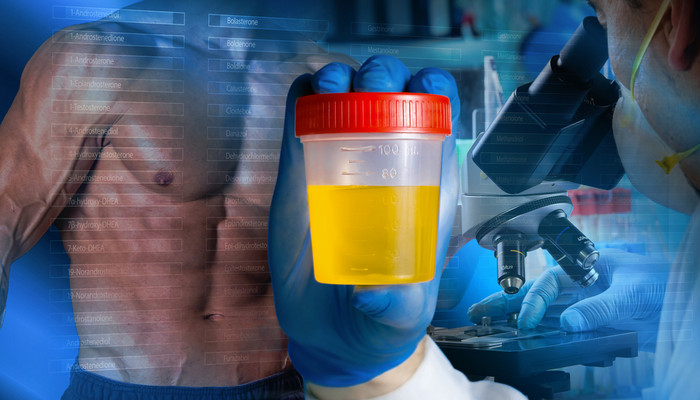Oral fluid in urine - manipulation of doping samples
Effect of oral fluid in urine on the analysis of erythropoiesis-stimulating agents (ESAs)

New publication
24th February 2025
Garzinsky AM, Harth J, Leipp F, Walpurgis K, Reihlen P, Thomas A, Thevis M. Effect of oral fluid in urine samples on the analysis of selected erythropoietin receptor agonists and detection of saliva-specific markers for doping control purposes. J Pharm Biomed Anal. 2025 Jul 15;259:116769. doi: 10.1016/j.jpba.2025.116769. Epub 2025 Feb 24. PMID: 40014892.
see ppublication
Abstract
Due to their performance-enhancing effect, erythropoiesis-stimulating agents (ESAs) are banned at all times by the World Anti-Doping Agency (WADA) in competitive sports. Doping control analyses for such compounds are routinely performed using gel electrophoretic and immunoblotting techniques, and degradation of the analytes can severely impair detection, results evaluation and interpretation. As oral fluid (OF) contains significant amounts of proteases, the question of whether its addition to a doping control urine sample may impede anti-doping analysis needs to be addressed. Intentional tampering attempts are likewise prohibited by WADA and require a detection strategy. It was observed that the addition of OF can indeed lead to impairments of ESA analyses, though the fraction of unidentifiable ESA signals varies depending on several factors, such as the individual composition of the OF, the sex of the OF donor, the time of sampling, the OF volume and the incubation conditions. Overall, 20 % of all generally valid analyses were classified as unidentifiable, 12 % as impaired, and 69 % as identifiable, highlighting the relevance for strategies that allow for the identification of OF in urine. While human salivary α-amylase was found insufficiently reliable as a marker, peptides of salivary proline rich proteins (saPRP) were shown to be both specific for OF and traceable with adequate sensitivity using a newly developed LC-HRMS/MS method. The approach was comprehensively characterized shown to be fit-for-purpose for routine doping controls where tampering attempts with OF are suspected.